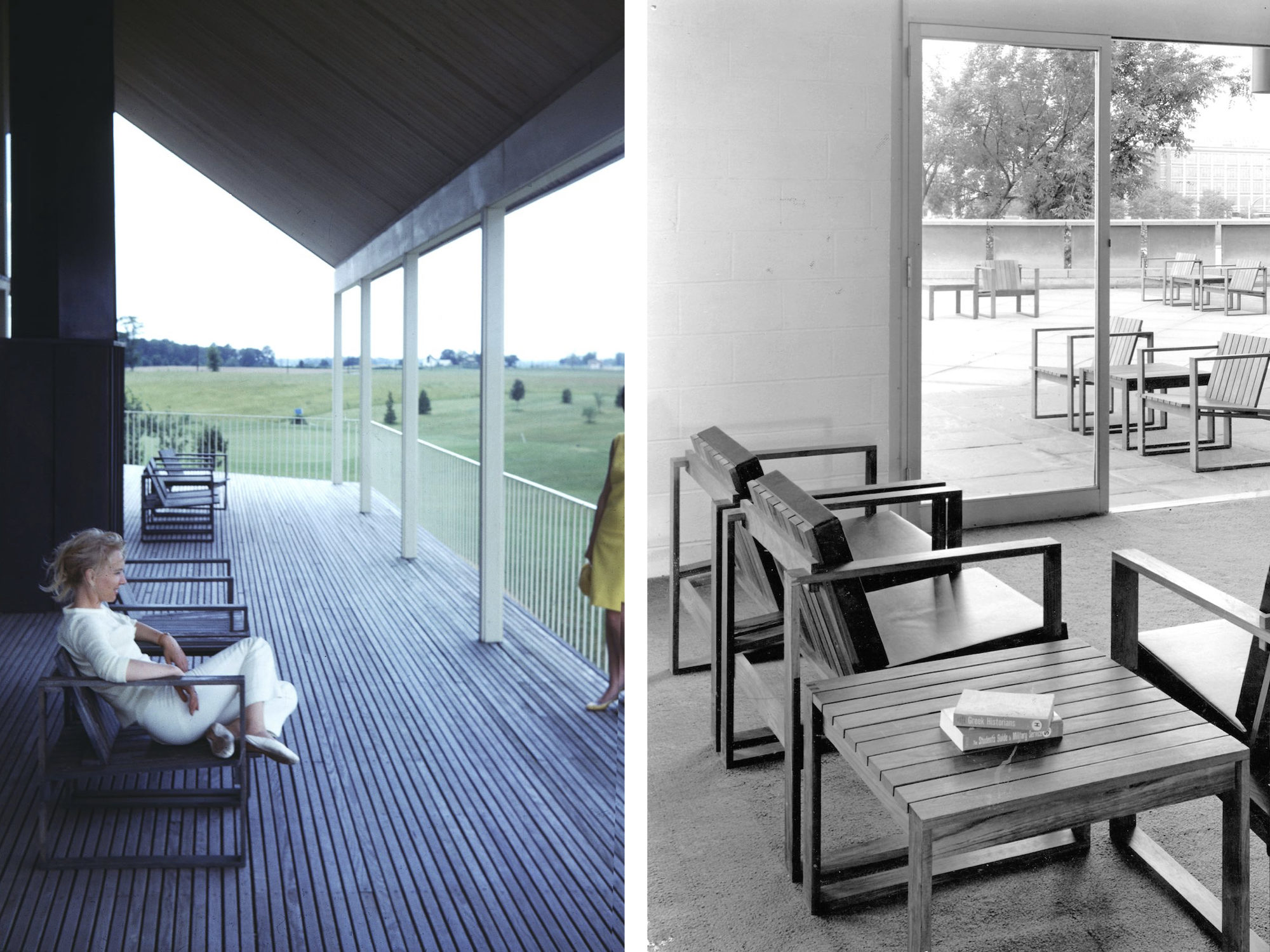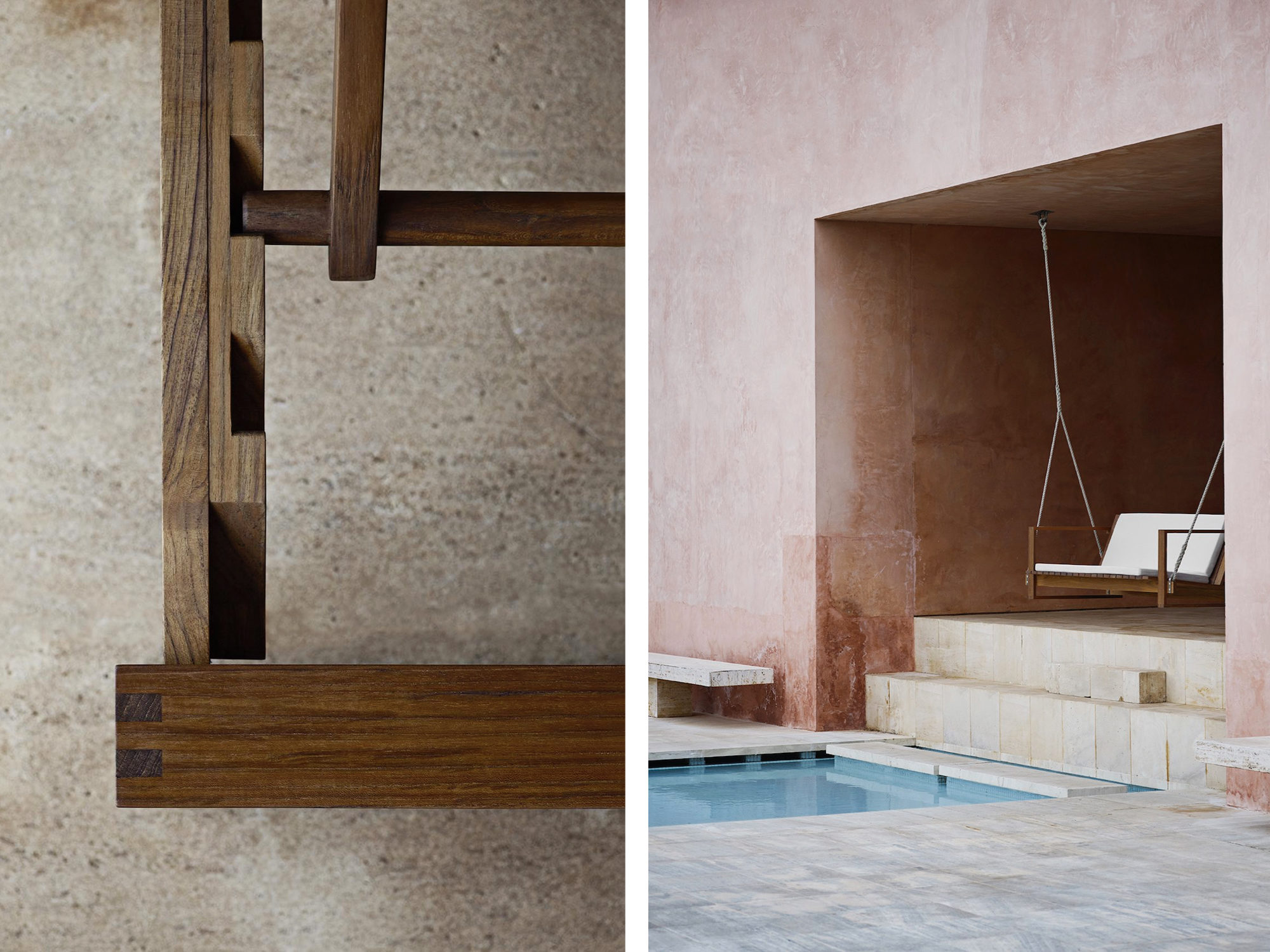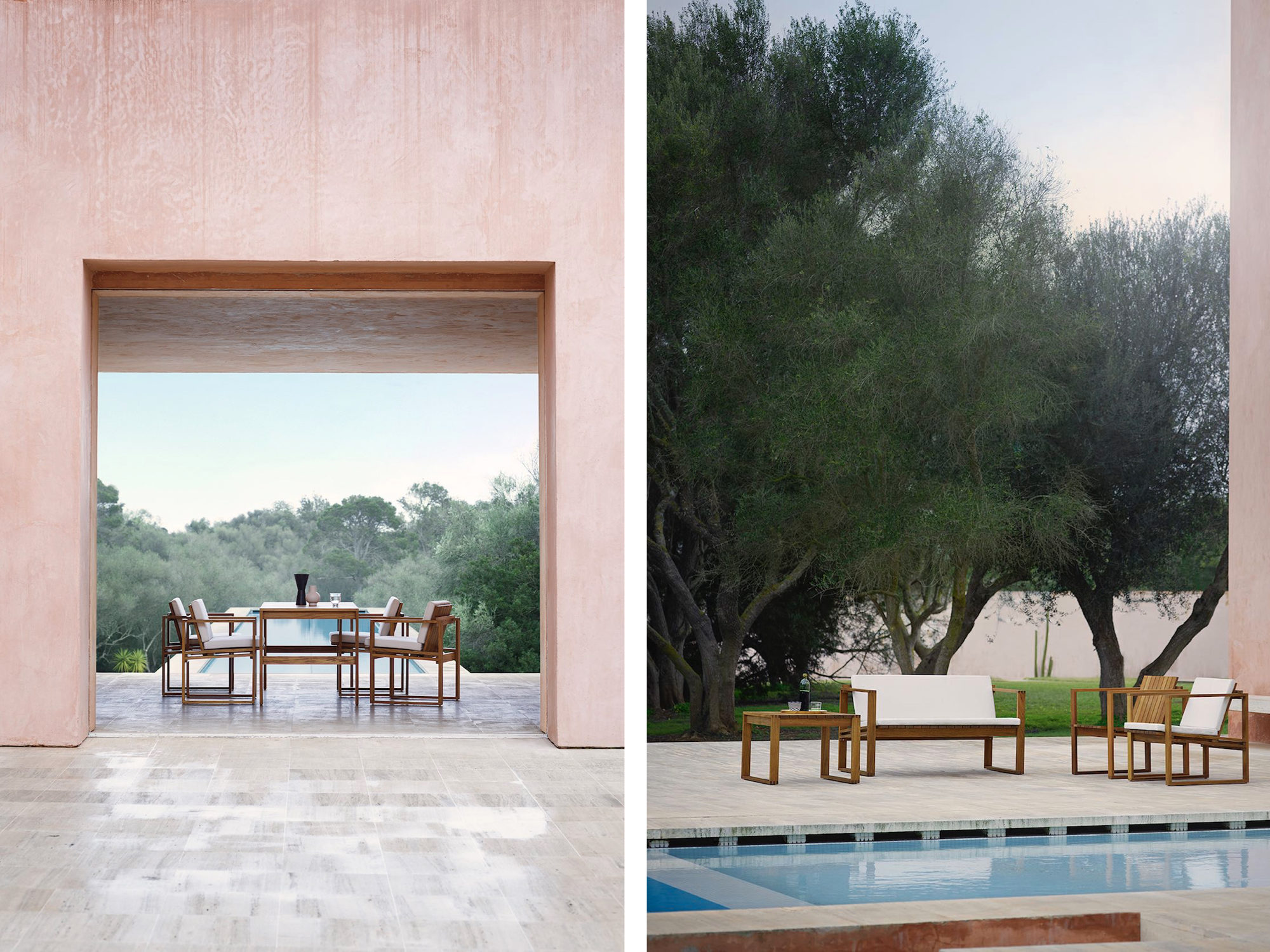A few centuries ago, an ancestor of the Danish architect Bodil Kjær married a woman named Anna Kjær, who insisted he adopt her surname. So when Bodil was born, in 1932, she joined a lineage of women who were comfortable calling the shots. She never thought twice about pursuing the male-dominated field of architecture. Today, many of her now-iconic furniture pieces are being reissued for the first time in more than a half century by blue-chip brands, Kjær couldn’t care less about the attention She simply does what she wants, and what she wants is to design. “I’ve always known my own mind,” Kjær told The Wall Street Journal earlier this year. “And I’ve never kissed ass.”
Kjær decided to be an architect at age 12, and, in 1951, attended the Copenhagen School of Interior Design (now the Royal Danish Academy of Fine Arts School of Design), where she was tutored by Danish Modern pioneer Finn Juhl. She earned a two-year scholarship from the Scandinavian-American Foundation, and traveled to the U.S., where she worked for designer Paul McCobb and Boston’s Contract Interiors. Later, she moved to the U.K. to study at the Royal College of Art and the Architectural Association School of Architecture; she remained in London to work for engineering firm Arup, where she helped introduce flexible work environments for the likes of Oxford University, Penguin Books, and IBM. Now, while she’s technically retired, Kjær travels internationally to lecture on her work and approach.
Kjær’s desire to create furniture for people—by her definition, objects that are practical, comfortable, and that solve a problem—is perhaps best illustrated by her Indoor-Outdoor Series, a line of chairs, tables, and benches that Danish furniture company Carl Hansen and Søn will be released in solid teak this October. The original designs came about while Kjær was living in the U.S., exploring how she could make outdoor furniture more contextual. “I looked at the American market and the outdoor furniture was mostly spindly stuff or things that looked like big insects,” Kjær says. “Very nice, but it had no relationship to the architecture.” So she devised objects that were extensions of modern buildings, using the same design language to create a dialogue between the two. And she wanted it to be suitable for indoor use, too: Why have two sets when you can have one?







